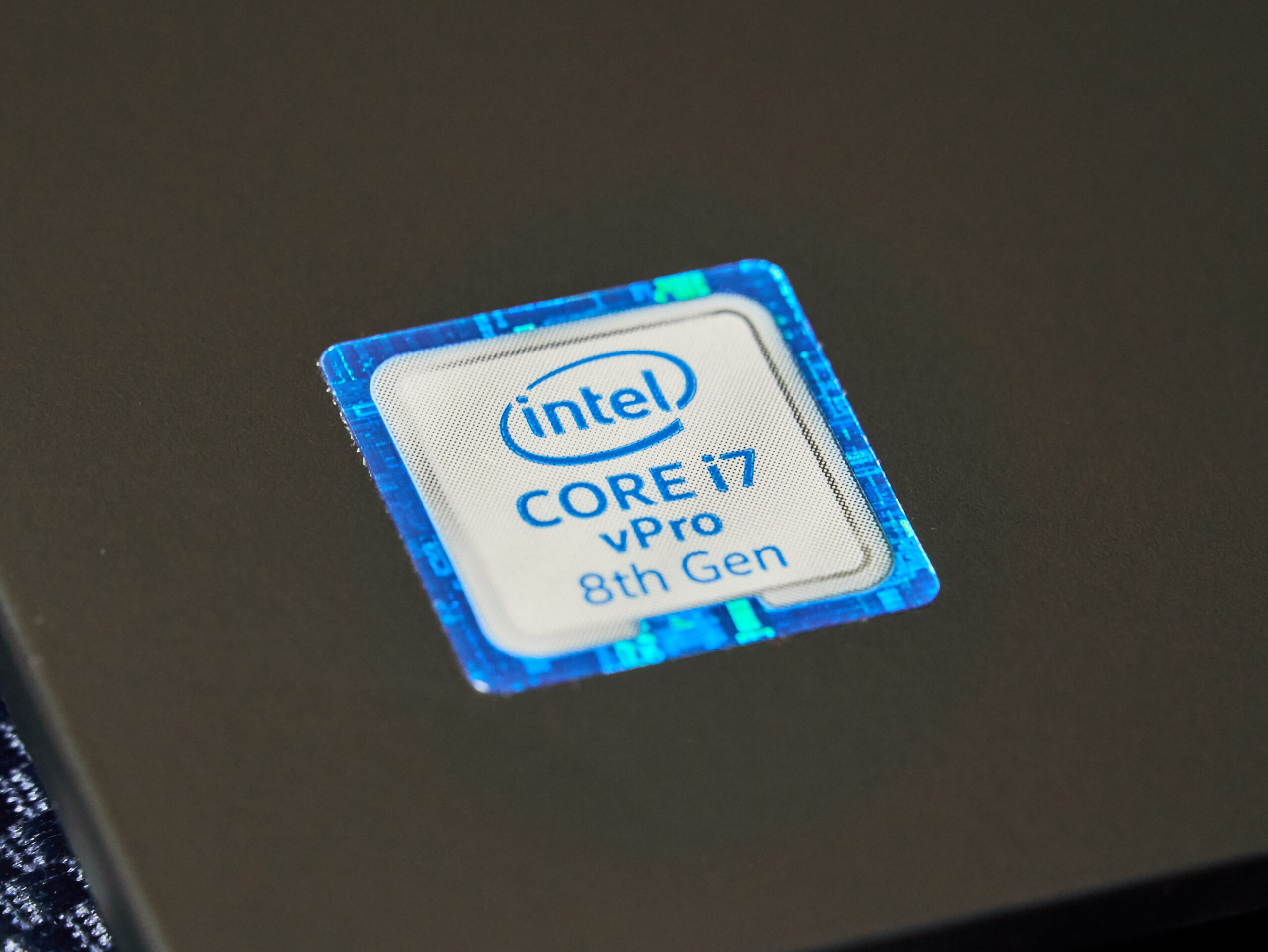
Intel faces scrutiny over job cuts despite $20 billion in US chip funding
- Intel is set to receive US government grants, loans, and tax incentives to boost domestic chip production.
- The Commerce Department's funding aims to create 10,000 manufacturing jobs.
- Intel's CEO, Pat Gelsinger, indicated that the company's current workforce is about 10% larger than in 2020.
Intel’s recent decision to cut over 15,000 jobs has sparked scrutiny from US lawmakers, particularly Republican Senator Rick Scott, who is questioning the company’s allocation of nearly $20 billion in taxpayer funding.
The move comes as Intel is set to receive a significant boost from the US government through grants, loans, and tax incentives aimed at bolstering domestic chip production.
Scott’s concerns focus on whether these taxpayer dollars are being appropriately safeguarded to ensure job creation and uphold high standards in US manufacturing.
Why Intel’s cost-cutting plan could impact US jobs
Copy link to sectionSenator Scott has raised doubts over the effectiveness of the Commerce Department’s planned awards to Intel, totaling $8.5 billion in grants and up to $11 billion in loans.
Scott questioned whether the department’s criteria for these awards had sufficient safeguards to prevent misuse of taxpayer money by companies that do not meet the high standards required for US manufacturing and job creation.
The funding is intended to support semiconductor production facilities in Arizona, New Mexico, Ohio, and Oregon, with Intel committing to reducing costs by $10 billion by 2025.
However, the planned workforce reduction of over 15,000 jobs, primarily taking place this year, casts doubt on how these public funds will truly benefit the US job market.
What is Intel’s restructuring strategy?
Copy link to sectionIntel’s CEO, Pat Gelsinger, indicated that the company’s current workforce is about 10% larger than in 2020, despite a $24 billion drop in revenue compared to 2023.
The job cuts are primarily aimed at headquarters, with a strategy to shift more roles towards customer-facing and operational functions.
Senator Scott has demanded clarity on how many US jobs will be affected by these cuts and the implications for Intel’s planned semiconductor investments.
He further questioned why the substantial US taxpayer investment had not been sufficient to prevent such significant layoffs.
The Commerce Department, while declining to comment on Scott’s letter, reiterated that the funding is projected to create thousands of jobs across multiple states.
Will taxpayer funding meet its intended goals?
Copy link to sectionThe upcoming period is critical for Intel as it faces increased scrutiny over its restructuring plans amid substantial public funding.
As the Commerce Department finalises its awards, Intel must provide a clearer picture of how it plans to meet the job creation expectations tied to the funding.
The semiconductor giant’s ability to balance cost-cutting with job creation will be under the microscope, and its response could shape future government policies on corporate funding and accountability.
More industry news







